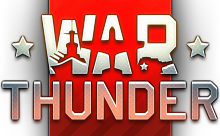- Prev
- 1
- 2
- 3
- 4
- 5
- 6
- 7
- 8
- 9
- 10
- 11
- Next
- Page 6 of 33
- Prev
- 1
- 2
- 3
- 4
- 5
- 6
- 7
- 8
- 9
- 10
- 11
- Next
- Page 6 of 33
Share
Followers
1
-
Recently Browsing 0 members
No registered users viewing this page.
